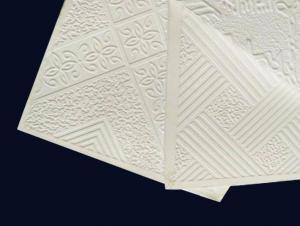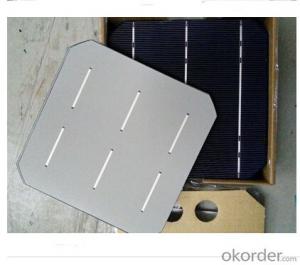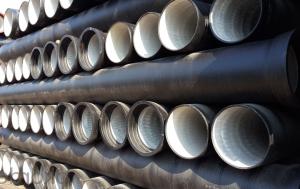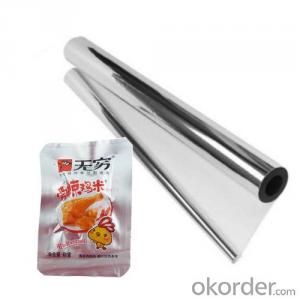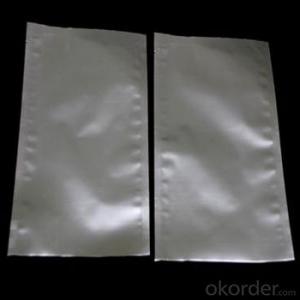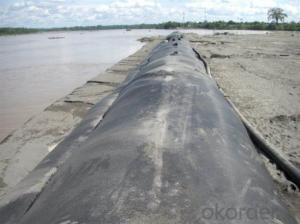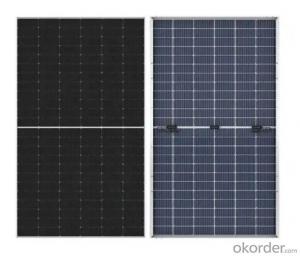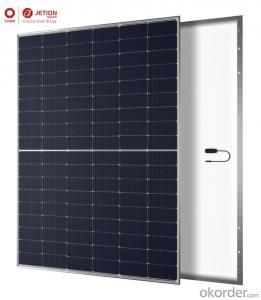Physics Of Solar Cells Wurfel
Physics Of Solar Cells Wurfel Related Searches
Shiny Or Dull Side Of Aluminum Foil For Cooking Inverter For 100w Solar Panel Solar Panel Inverter For Rv Pvc Tiles For Walls Wall Lights For Bedrooms Inverter Ac With Solar Panel Solar Panel With Inverter Kit Solar Panel Kits With Inverter Solar Panel With Inverter Direct Roving For PultrusionHot Searches
Type Of Inverter For Solar Price Of Shipping Containers For Sale Types Of Inverter For Solar Used Sandwich Panel For Sale Bags Of Cement For Sale Pvc Chairs For Sale Tilt Panel Props For Sale Types Of Temporary Side Panels For Cement Deck Cost Of Awnings For Decks Type Of Scaffolding With Pdf Price Of Scrap Stainless Steel Price Of Stainless Steel Scrap Price Of Stainless Steel Type Of Stainless Steel Types Of Stainless Steel Grades Types Of Stainless Steel China Aluminum Coil Factory pvc pipe manufacturers in usa Sandwich Panel Price In India Aluminum Corp Of China StockPhysics Of Solar Cells Wurfel Supplier & Manufacturer from China
Okorder.com is a professional Physics Of Solar Cells Wurfel supplier & manufacturer, offers integrated one-stop services including real-time quoting and online cargo tracking. We are funded by CNBM Group, a Fortune 500 enterprise and the largest Physics Of Solar Cells Wurfel firm in China.Hot Products
FAQ
- Yes, solar panels can be used to power an emergency response center. Solar panels convert sunlight into electricity, providing a sustainable and reliable source of power. By harnessing solar energy, emergency response centers can ensure uninterrupted electricity supply, even during power outages or in remote areas. Additionally, solar panels are environmentally friendly and reduce reliance on traditional energy sources, making them a viable option for powering critical facilities like emergency response centers.
- Yes, solar panels can be installed on a carport. In fact, carports are an ideal location for solar panel installation as they provide ample space, unobstructed sunlight, and can also serve as a shade provider for parked cars.
- I know that there is a life expectancy for solar panels, and I suppose, the technology involved. Any information?
- Ive been using the same solar panels for 5 years, have move a few times so they last a lot longer than the roofs weve had over us. I am teaching my kids how to build wind generators, because we keep having power failiures when the wind blows. and recently its got very windy. I charge banks of battery's and keep my office running from dc-ac converters.
- Yes, solar panels can be installed on asphalt shingles. However, it is important to ensure that the shingles are in good condition and can support the weight of the panels. Proper installation techniques and mounting systems designed for asphalt shingles should be used to prevent any damage to the roof.
- Say if i had a 2KW system is thtat just one big solar panel or does the whole system have little solarpanels together.?
- Solar panels are arrays of individual solar cells connected in series and parallel, and.. A high quality, monocrystalline silicon solar cell, at 25 °C cell temperature, may produce 0.60 volts open-circuit (Voc). The cell temperature in full sunlight, even with 25 °C air temperature, will probably be close to 45 °C, reducing the open-circuit voltage to 0.55 volts per cell. The voltage drops modestly, with this type of cell, until the short-circuit current is approached (Isc).
- Yes, solar panels can be installed on historical or protected buildings. However, the installation process may require careful planning and consideration to preserve the building's historical integrity. This typically involves working closely with preservation experts, architects, and local authorities to find suitable installation methods that minimize visual impact and potential damage to the structure.
- Solar panels can significantly enhance a property's overall sustainability by harnessing renewable energy from the sun. They reduce dependence on fossil fuels, decrease carbon emissions, and contribute to energy independence. Additionally, solar panels can generate surplus electricity that can be sold back to the grid, further enhancing the property's sustainability and potentially providing financial benefits.
- Yes, solar panels can power an entire house. The number of panels required depends on the energy needs of the house and the amount of sunlight available in the area. However, with proper installation and integration of a solar panel system, it is possible to generate enough electricity to meet the needs of an entire house, including appliances, lighting, heating, and cooling systems.








